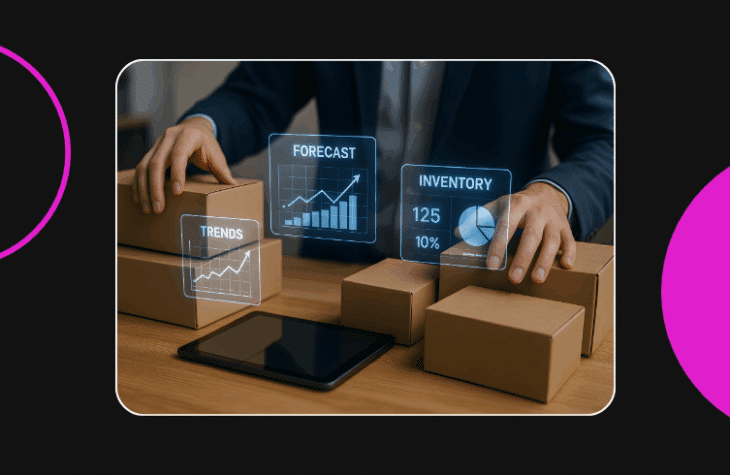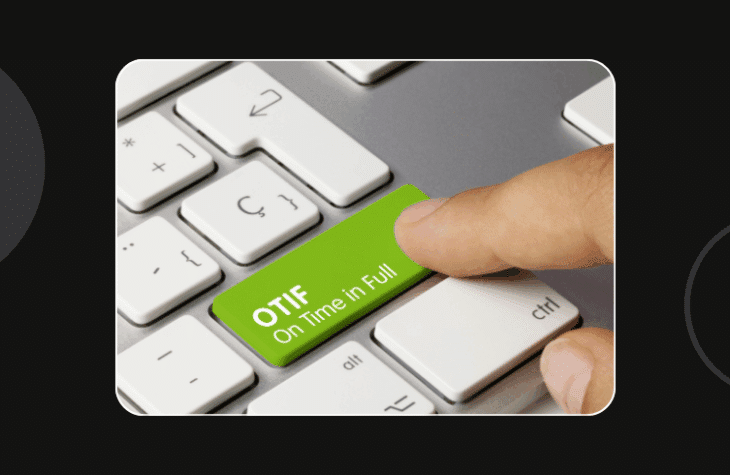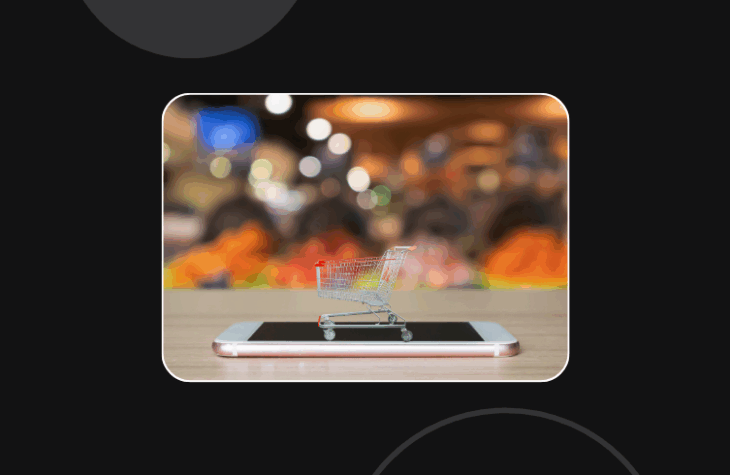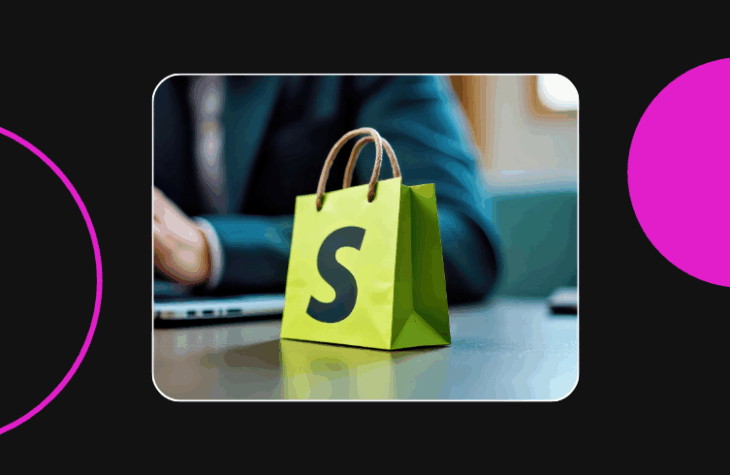Top 5 Challenges of BOPIS on Shopify and How to Solve Them
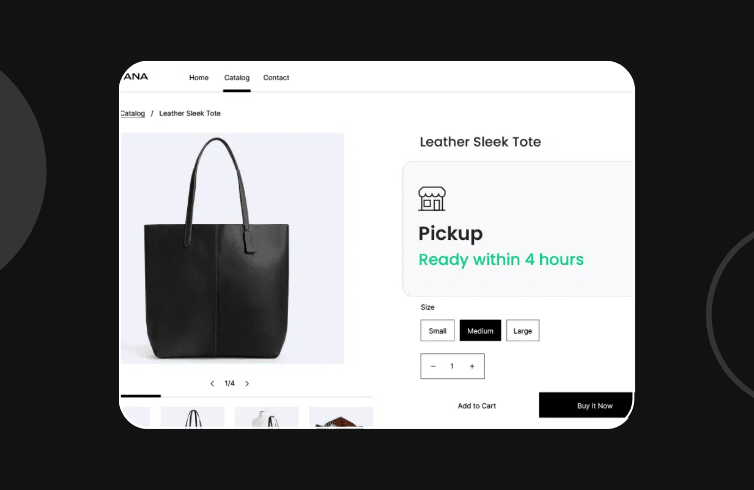
Buy Online, Pick Up In Store (BOPIS) has become a must-have for retailers looking to improve customer satisfaction, increase conversions, and increase store foot traffic. It offers the speed and flexibility that today’s shoppers expect—and when done right, it can deliver a powerful edge. For growing Shopify merchants, it’s a feature that’s supported and increasingly in demand.
Shopify supports BOPIS at the core platform level, but as your operations expand, complexities around maintaining accurate inventory, tracking the number of stores, and overall orders increase, especially when managing multiple stores. That’s where retailers can benefit from purpose-built tools that extend the platform’s native capabilities.
In this blog, we’ll explore five common Shopify BOPIS challenges and how to solve them. Whether you’re just launching or optimizing your current approach, we’ll cover BOPIS Shopify best practices that help you scale with confidence.
1. Order-level fulfillment limitations
One of the most common Shopify BOPIS challenges is that fulfillment settings apply to the entire order, not the individual items. That means all items must be either shipped or picked up. This works well for many retailers, but for merchants aiming to provide item-level flexibility, it can require workarounds.
Why it’s a challenge: Today’s shoppers expect to mix and match how they receive items. When that flexibility isn’t available, some will abandon the cart altogether.
How to extend it: Use an OMS like fabric OMS that enables line-level BOPIS. This gives your customers complete control over how each item is fulfilled, improving both convenience and conversion.
2. Inventory visibility across channels
Shopify manages inventory at the store level, which works well for straightforward setups. But for retailers managing multiple fulfillment locations—stores, warehouses, and dropship partners—coordinating availability across channels can become operationally complex.
Why it’s a challenge: Manual allocation and inventory blind spots can lead to overselling, missed fulfillment opportunities, or inconsistent availability across sales channels, which are some of the most common in-store pickup Shopify issues.
How to extend it: fabric acts as a real-time inventory source of truth across your entire network. By automatically syncing inventory updates instantly across every channel and location, fabric helps merchants reduce stockouts, prevent overselling, and fulfill BOPIS promises with confidence.
3. Managing store availability and BOPIS scheduling
Shopify supports BOPIS natively, with customers selecting the store where they’d like to pick up their order. It’s a forthright experience that works well across a wide range of retail scenarios. But as store counts grow, managing availability and exceptions, such as closures, outages, or limited pickup hours, can introduce new layers of complexity.
Why it’s a challenge: BOPIS doesn’t require dynamic routing logic, but it does require up-to-date visibility into store-level availability. Without a centralized way to manage temporary closures or fulfillment blackouts, retailers risk offering pickup at locations that can’t fulfill the promise.
How to extend it: fabric gives ops teams more control with the ability to centrally manage store availability, schedule blackout windows, and pause fulfillment at specific locations without custom workarounds. This ensures customers only see pickup options that are truly available, protecting both CSAT and operational efficiency.
4. Pre-order and backorder flexibility
Shopify supports pre-order and backorder scenarios through third-party apps and customization, allowing merchants to tailor the experience based on their needs. Still, managing these scenarios across fulfillment types like BOPIS can be complex without centralized control.
Why it’s a challenge: Customers expect to reserve high-demand products before they’re in stock, especially for pickup. But without native coordination across systems, merchants risk delays or miscommunication.
How to extend it: fabric supports pre-orders and backorders natively, even for BOPIS. This gives you more control over how and when products become available, so your customers can shop now and pick up later without the operational overhead.
5. Checkout friction with mixed fulfillment orders
Shopify calculates shipping per fulfillment location. While this makes sense in many scenarios, it can lead to confusion when customers mix shipping and pickup in one order, especially if multiple stores are involved.
Why it’s a challenge: Unexpected charges or unclear shipping logic can increase cart abandonment and lower CSAT.
How to extend it: fabric lets merchants define intelligent shipping rules that reflect the full complexity of modern fulfillment. Whether it’s BOPIS, Ship-from-Store, or mixed orders, you can present customers with transparent pricing that builds trust and increases conversion.
What is BOPIS?
BOPIS stands for “Buy Online, Pick Up In Store.” It gives consumers the ability to shop online and retrieve their orders at a local store, often within hours. It’s a preferred option for time-sensitive shoppers and a powerful lever for retailers to lower shipping costs and turn physical stores into fulfillment hubs.
Consumers love it for speed. Retailers love it for margin protection and inventory efficiency. And with Shopify’s BOPIS capabilities, you have a solid starting point to bring this to life.
But as your operations grow in complexity, following BOPIS Shopify best practices often means enhancing your tech stack to support more flexibility, intelligence, and scale.
From CSAT to margin: Why this matters
Adding BOPIS to your fulfillment strategy isn’t just about convenience. It’s about enabling growth:
- Improve customer satisfaction by offering more fulfillment options
- Increase profit margin by reducing last-mile delivery costs
- Turn stores into micro-fulfillment centers
- Move inventory faster across your network
With fabric, you’re not replacing Shopify. Instead, you’re extending Shopify with enterprise-grade fulfillment tools designed to grow with you.
Put BOPIS to work—the smarter way
Shopify gives you a strong foundation for omnichannel success. And when it’s time to scale BOPIS, fabric helps you go further.
With fabric, you can:
- Solve common Shopify BOPIS challenges without complex workarounds
- Launch scalable programs that improve margin and customer satisfaction
- Follow BOPIS Shopify best practices to grow with confidence
Ready to elevate your Shopify BOPIS experience?
Talk to our team and learn how fabric helps you orchestrate fulfillment, inventory, and customer satisfaction—all while keeping Shopify at the center of your commerce stack.

Digital content editorial team @ fabric


